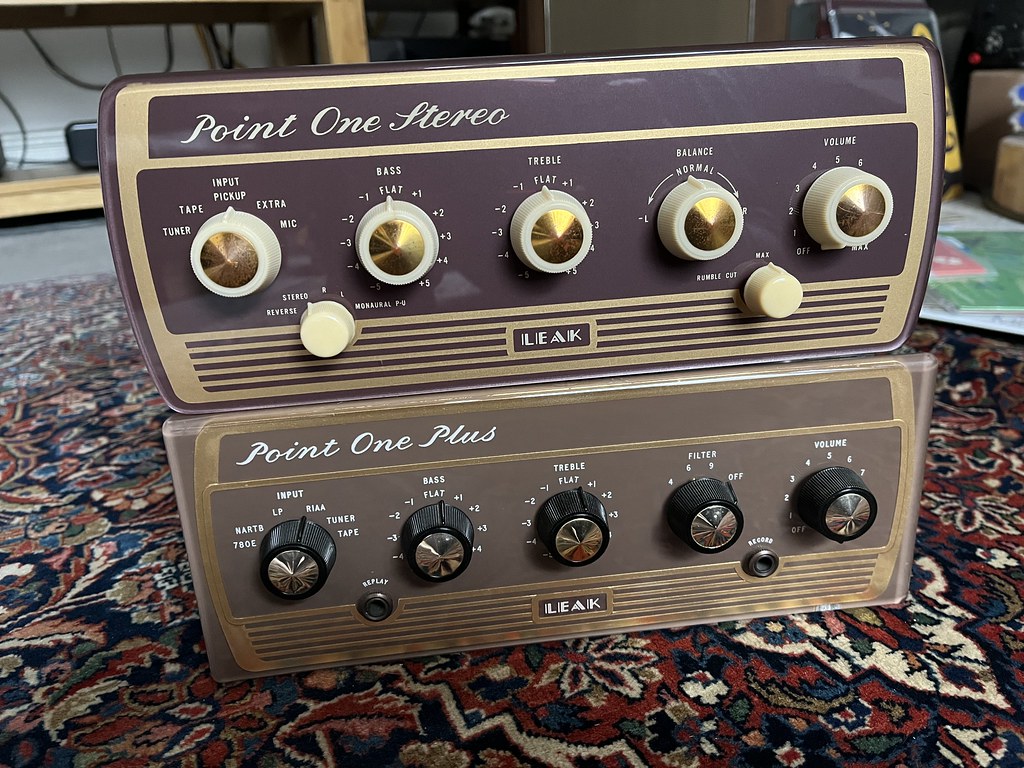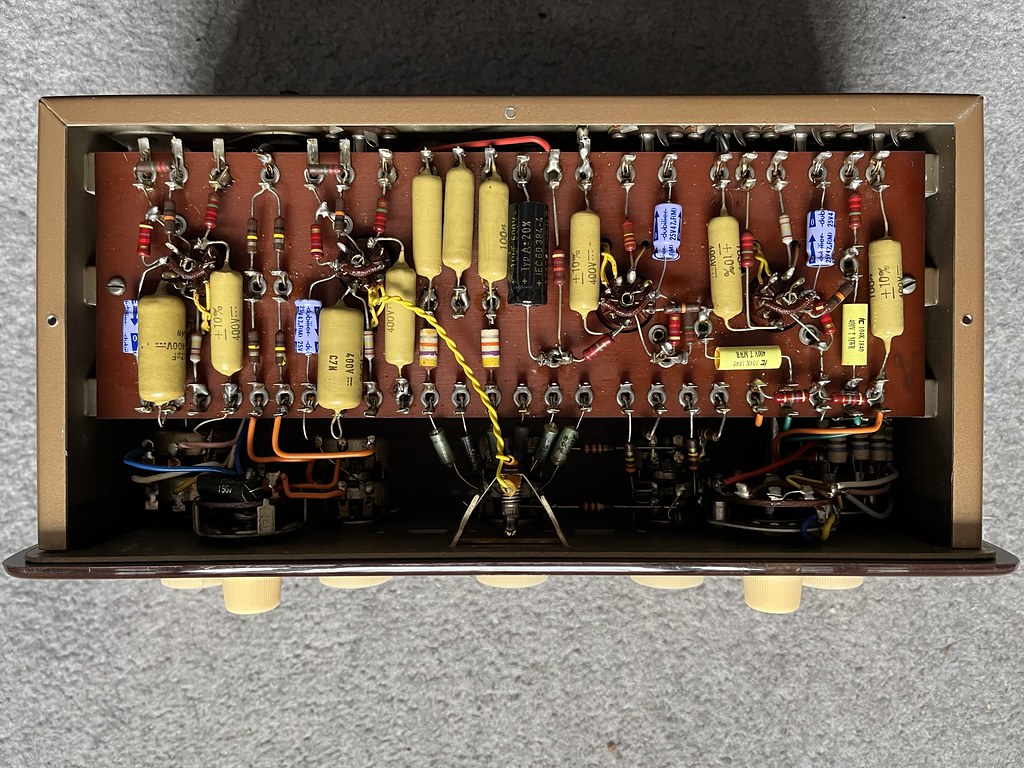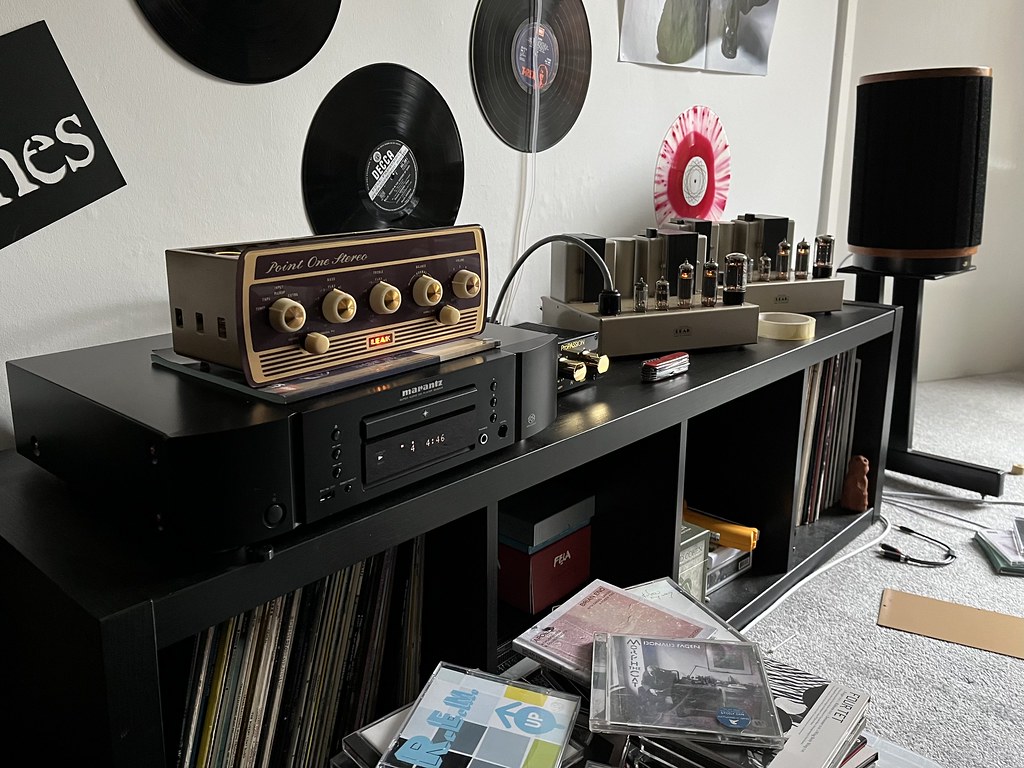Barrymagrec
pfm Member
I`d replace the black Hunts moulded caps as well, Tony they are notoriously bad.
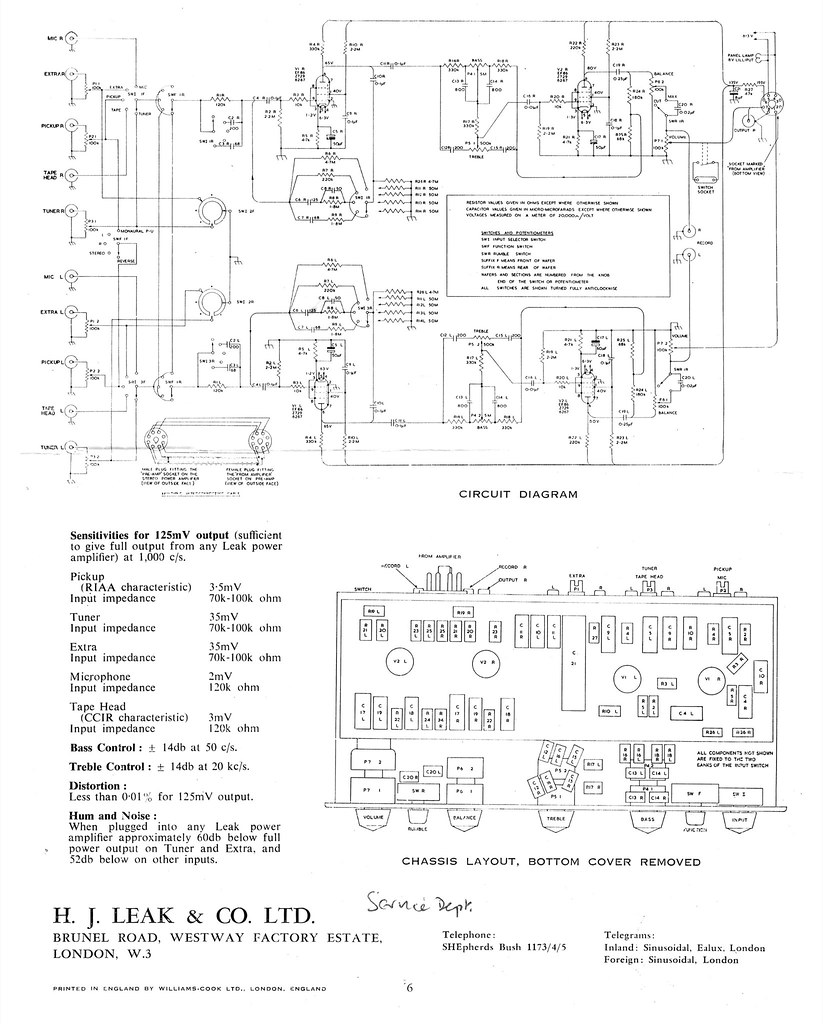
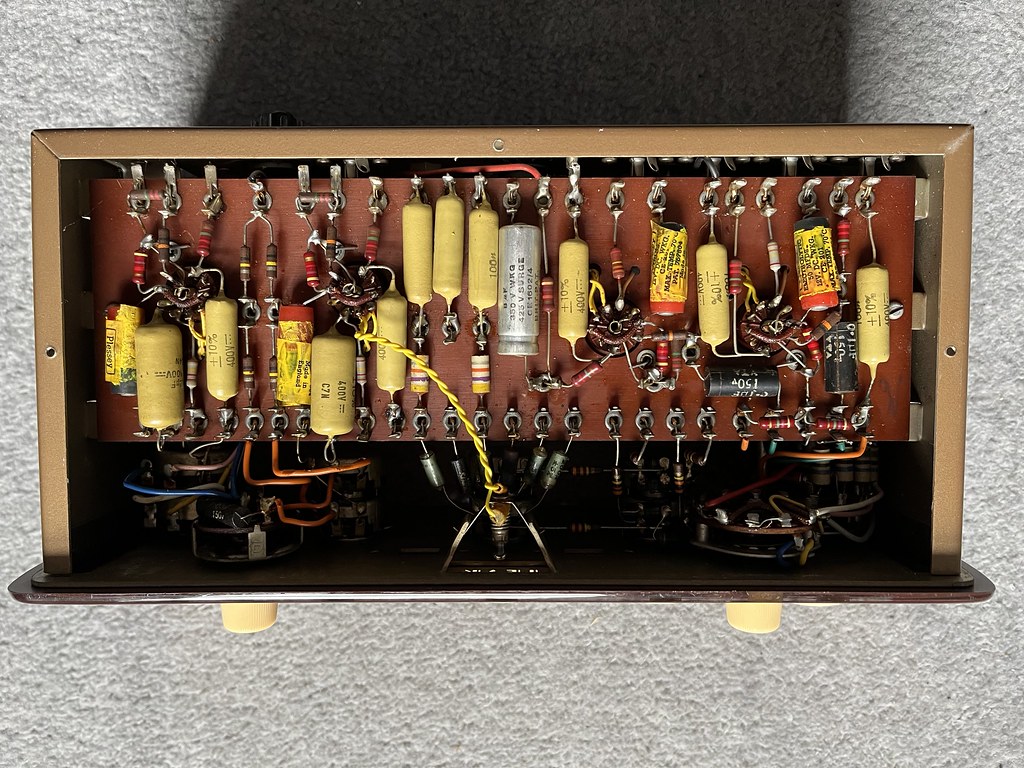
Was the same with the Quad IIs and Quad 22. I was similarly triggered by it, but after restoring both could honestly not hear any channel matching issues whatsoever. I imagine it’ll be the same with your Leaks.I really don’t like the way it is powered by just one TL12 too, that asymmetry just triggers me. It would have to suck some PSU headroom from the left (powering) amp. I just want to get it to work safely, that is all. I can’t imagine not using my Audio Synthesis here.
I think with the Quad the tuner was also driven by only one amplifier and that would take a lot more power than a preamp.Was the same with the Quad IIs and Quad 22. I was similarly triggered by it, but after restoring both could honestly not hear any channel matching issues whatsoever. I imagine it’ll be the same with your Leaks.
Perhaps the work was done mid/late 70s, so the Plessey caps may well have been fine at that point. The replacement parts all look vintage.
I have a feeling the work may have been done earlier than that as the EF84s have obviously been changed and date from around the mid-60s. I can’t see any obvious evidence that it blew up, but the amp it was connected may have. It is puzzling as I’d not have expected anyone to burn through ‘50s Mullard EF86s so soon, the ones that came with my TL12 Plus and in both mono preamps are all fine based on a listening test in the TL12s (I can’t test them otherwise).
I associate Mullard mustard caps with rare early ‘60s guitar amps from Vox, Marshall etc. Google says they were introduced in 1958, so period correct with the Leak. They are one of those things that if you see in an amp you know are not to be replaced. They seem long-term stable (unlike say the similarly sought-after ’bumble bees’) and the guitar geeks love them. This is why I just assumed this pre was stock without noticing the work was a little janky and certainly not up to Leak standards. I don’t know enough about resistors to date those, but as you say they may be ‘70s. Whenever it was done whoever did it might have deliberately used nice vintage Mustard caps. Regardless assuming the values are correct I’ll take it as a win as they alone are worth more than I paid for the whole pre (£30!).
